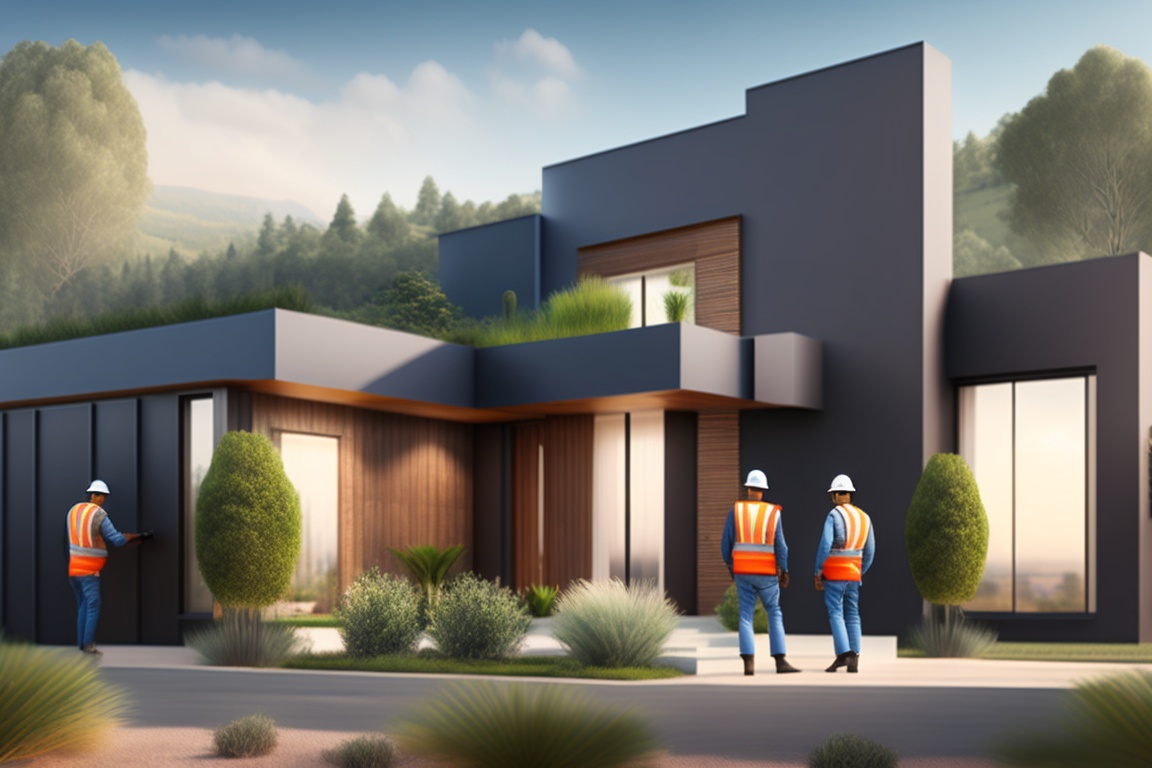In an era where the need for sustainable energy solutions is more pressing than ever, energy installations play a crucial role in powering our world while minimizing environmental impact. From solar panels and wind turbines to hydroelectric dams and geothermal systems, these installations harness renewable resources to generate clean and efficient energy. In this article, we will explore the importance of energy installations in building a sustainable future and the various types of installations that are shaping the energy landscape.
Solar Power Installations:
Wind Power Installations:
Hydroelectric Installations:
Geothermal Installations:
Biomass Installations:
Conclusion:
Energy installations are at the forefront of the global shift towards sustainable and renewable energy sources. Solar power, wind power, hydroelectric, geothermal, and biomass installations are revolutionizing the way we generate and consume energy. By harnessing the power of nature, these installations provide clean, reliable, and efficient energy while reducing our dependence on fossil fuels and mitigating the impacts of climate change. As we continue to invest in and expand energy installations, we pave the way for a greener and more sustainable future for generations to come.
